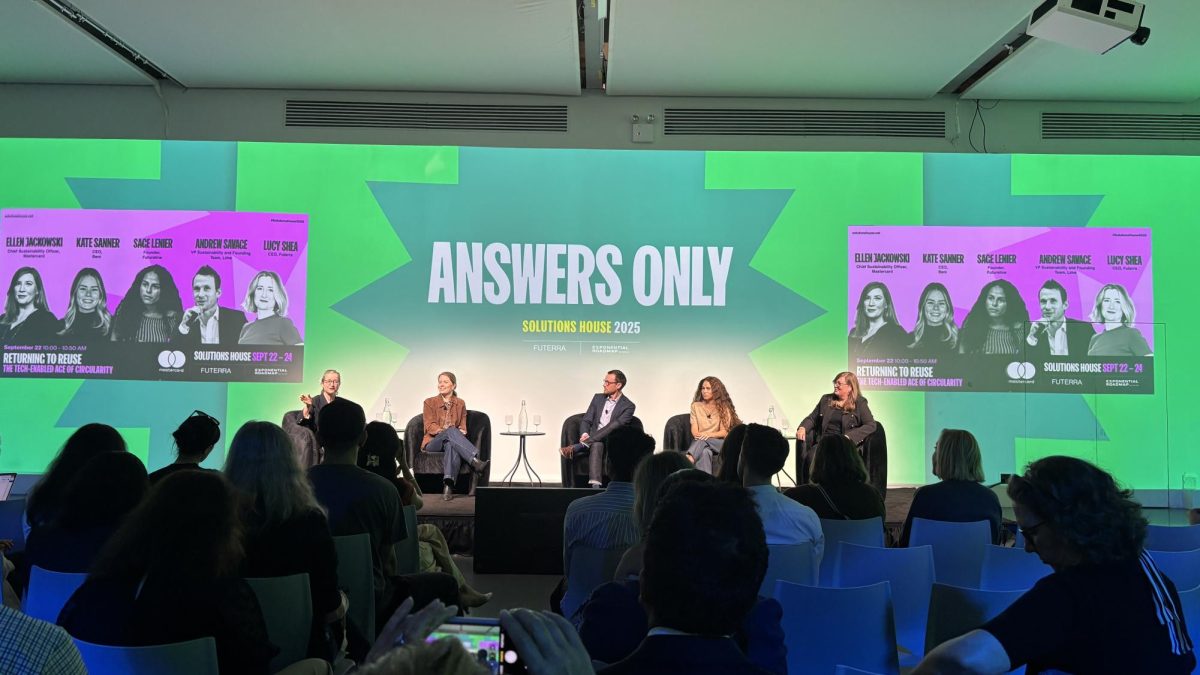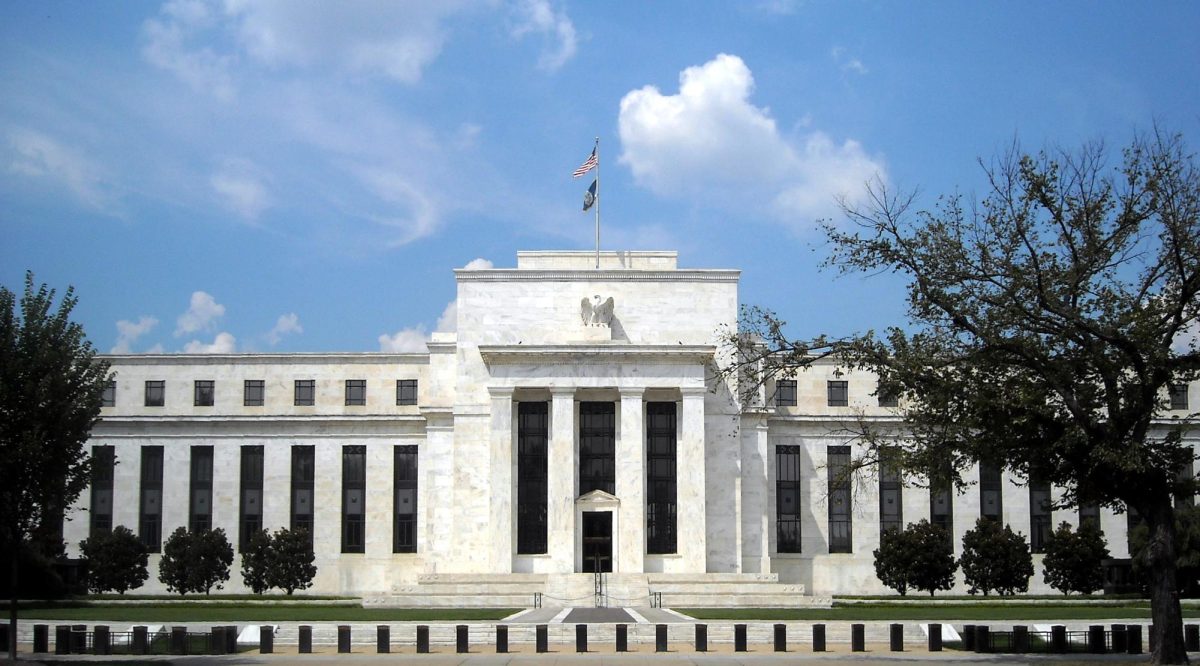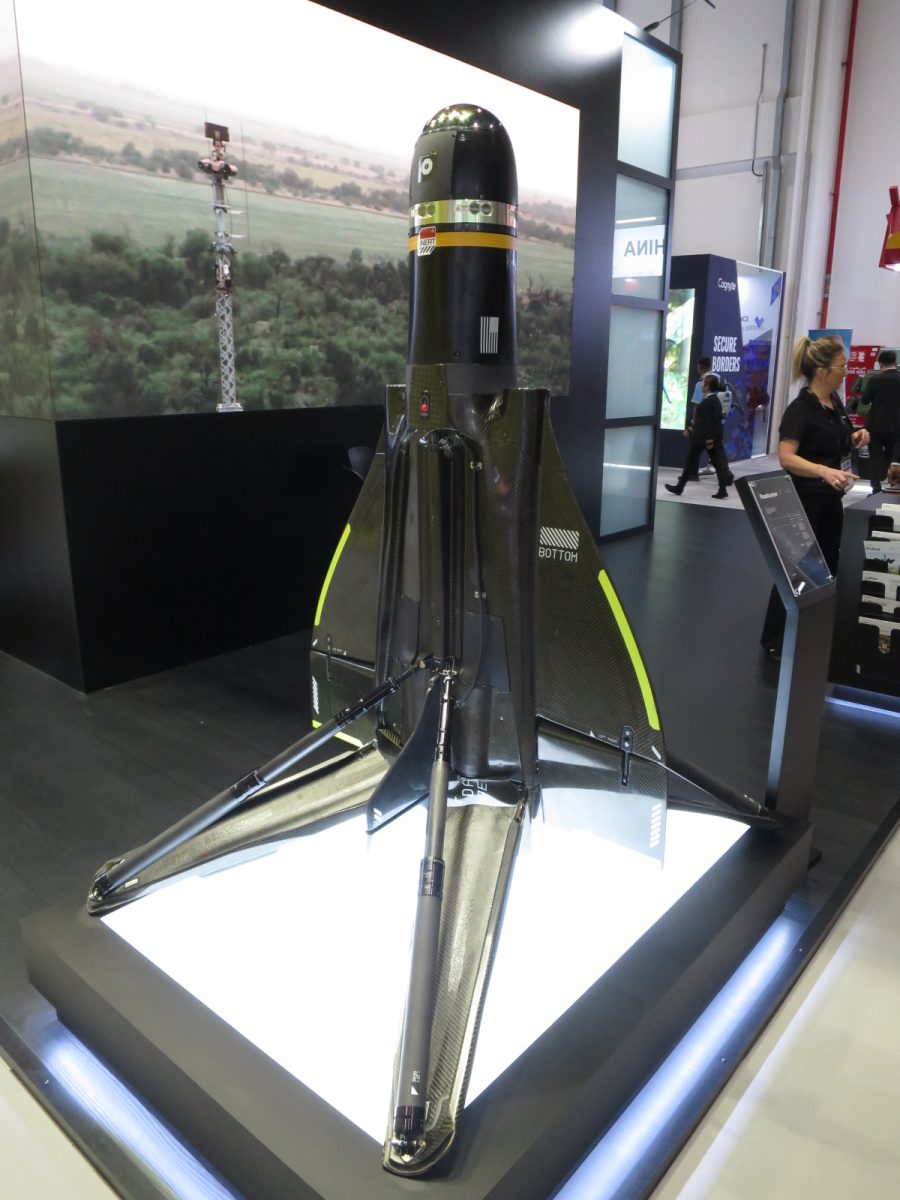Grocery delivery and pick-up company Instacart filed for an initial public offering with the U.S. Securities and Exchange Commission on Aug. 25.
Instacart confidentially submitted paperwork to go public last year but delayed its plans due to volatile market conditions and a slump in the IPO market, causing its valuation to decrease by half.
Instacart’s prospectus revealed a net income of $242 million and $1.475 billion in revenue during the first six months of the year, compared to a $74 million loss in net income and $1.126 billion in revenue during the prior-year six-month period. The company also partners with over 1400 retail brands, representing 85% of the U.S. grocery industry.
According to Bloomberg, Instacart’s valuation is estimated between $10 to $12 billion.
The announcement of PepsiCo Inc.’s purchase of $175 million in preferred convertible stock along with interest from other cornerstone investors in buying up to $400 million in stock “may firm up Instacart’s debut.” However, investors are concerned about the company’s main channels of business and dependence on retailers.
Gross transaction volume is the total dollar value of transactions processed through a platform each time.
Instacart’s gross transaction volume has been growing slower since 2021, with a 16% increase at the end of 2022 and a 4% increase — amounting to $14.93 million — in the first six months of this year compared to last year.
“The challenge with Instacart is its actual grocery volume — and think of Instacart as sort of taking a percentage of grocery volume that you purchase — is actually not growing very fast, somewhere between 3 and 5%,” Greg Martin, managing director at Rainmaker Securities, told Yahoo Finance. “Even though growth is listed at 30% growth, primarily because they’re actually growing the ad revenue. So when people go the app, brands advertise so that people purchase, you know, their goods in the store, and I do think that will go to how much growth potential they have in the future.”
Instacart’s advertisement business generated $406 million, or 28% of its total revenue, in the first half of the year, holding true to its core value of “grow the pie” citing its use of AI and the expansion of advertising technology to more retailers as one of their growth strategies.
However, gross transaction volume and advertisements are directly related.
David Bishop, a partner at Brick Meets Click, described how revenue growth for advertisers relies upon site traffic, meaning Instacart’s relatively flat gross transaction volume would make it harder for them to monetize their advertising business “if they aren’t growing orders.”
Instacart acknowledged that its business depends on relationships with retailers and that losing one major retailer could harm the company significantly.
Conditionally, the company stated that a decrease in its gross transaction volume could reduce future brand partners’ spending on Instacart. The company said it expects advertising and other revenue sources to be “negatively impacted as a result of these factors over the near term.”
According to ModernRetail, Instacart’s business model could also become problematic in the public market as competitors consolidate and pursue in-store pickup models of their own.
“The danger is that, over time, more retailers will want to take more of that fulfillment in-house because it gives them greater control,” Neil Saunders, managing director for GlobalData, told ModernRetail.. “I think they’ll find ways to do it more efficiently. And it gives them another growth factor. And I think that potentially over the longer-term leaves Instacart out in the cold.”








